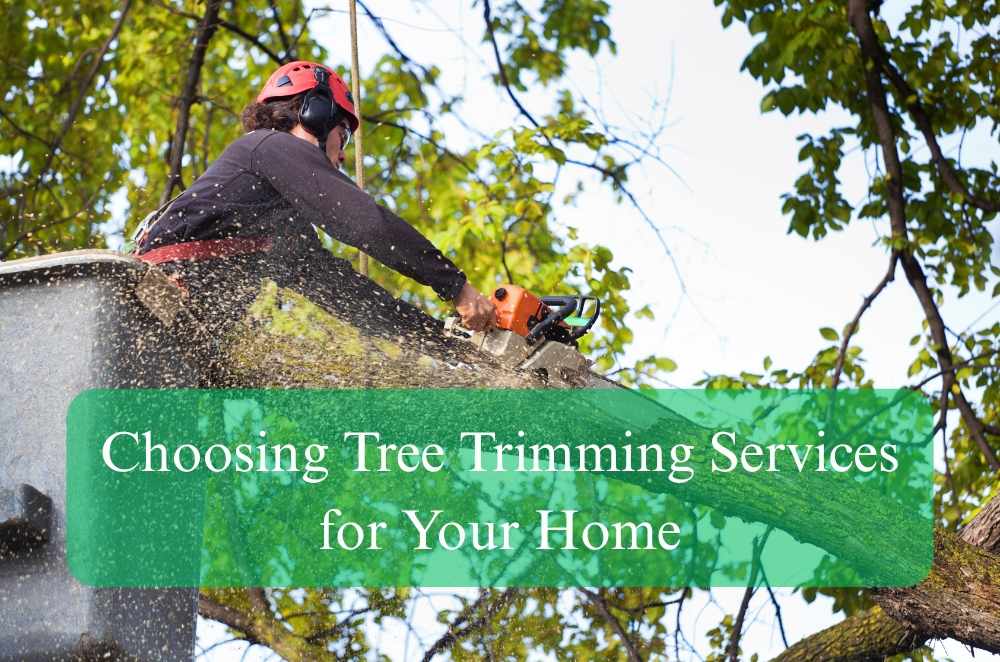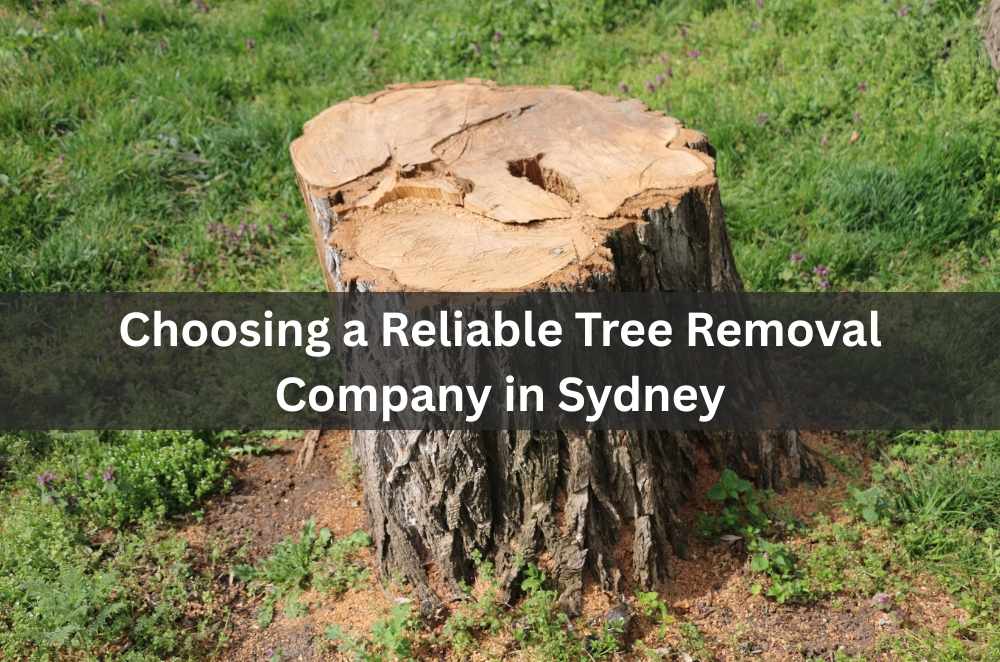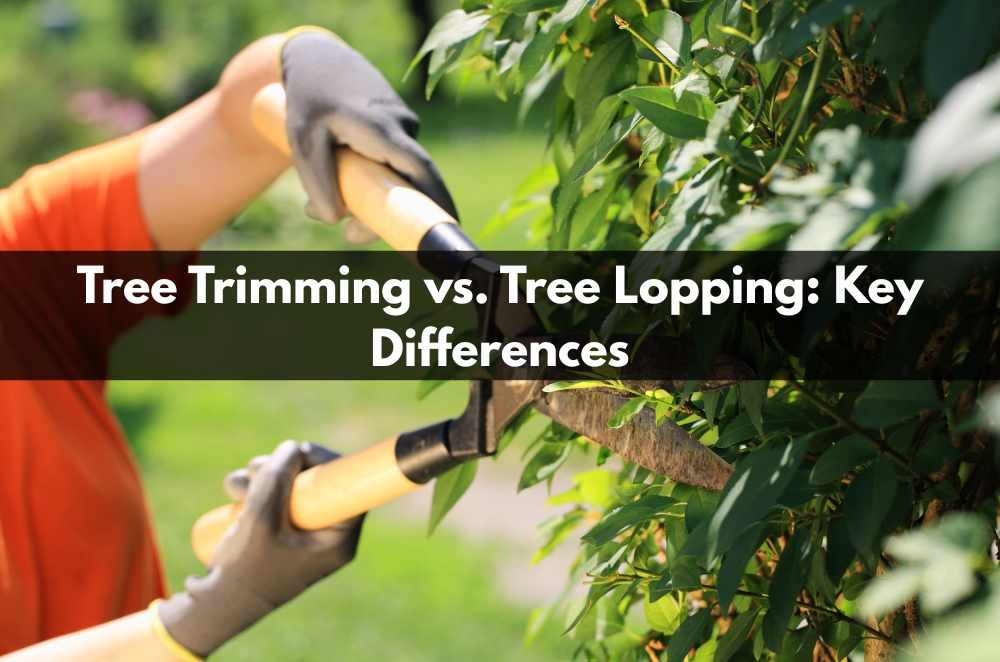
A well-kept tree can be the pride of your garden, but let it go for a few years, and it quickly becomes a source of stress—branches dipping too low, leaves filling up gutters, or even roots making their way where they shouldn’t. Every property owner knows the feeling: a backyard that’s just starting to get away from them. That’s usually the point where you start looking for tree pruning services, hoping to find someone who knows how to tame a wild canopy without butchering what’s beautiful about it.
For some, it’s a matter of safety. Maybe a storm has left a few heavy branches hanging in ways that make you nervous. Or perhaps it’s about sunlight, wanting to bring a little more warmth to a patch of grass that’s never green enough. Whatever the reason, picking the right service means more than grabbing the first number on Google. It’s about experience, care, and an understanding of what your trees actually need—not just what’s easy to lop off.
Why proper tree trimming matters
Trimming isn’t just about looks. It’s about keeping trees healthy, your property safe, and avoiding problems you can’t always see from the ground.
Removes dead or diseased branches before they cause bigger issues
Helps prevent storm damage by reducing wind resistance
Encourages better shape and stronger growth in young trees
Stops branches from interfering with powerlines or structures
Can extend the life of an old or struggling tree
I once left a jacaranda unchecked for years. When the right team finally came through, they spotted a hidden split up high—something I’d never have seen.
Tree management and your local council
Not every pruning job is just up to the homeowner. Around cities and suburbs, local governments set the rules on what can be cut, when, and how. That’s why checking the tree management guidelines for your area is never wasted effort.
Certain species might be protected, or require permits for heavy trimming
Rules often cover how much of a tree can be removed in one go
Penalties can apply if you trim without the right permission
Council arborists can provide advice or even inspect problematic trees
Many councils offer tips on best practices for pruning and care
It pays to know the rules before the saw comes out. More than one neighbour has faced fines for removing a tree that turned out to be protected.
What to look for in tree pruning services
Finding a team you trust means looking past flashy ads or a quick quote. Real quality shows in the details: how they assess your trees, their safety practices, and the way they clean up after the job is done.
Ask if the team is insured and certified for arboriculture work
Look for reviews or word-of-mouth recommendations
Request a site visit so they can actually see what needs doing
Ask about their equipment—reliable services don’t skimp on tools
See if they discuss timing, as some species fare better when pruned in certain months
In my experience, a good crew spends more time looking up than talking prices. They’ll explain what they’re doing, and why.
When it’s urgent: Signs you need a tree removal
Not every tree can be saved. Sometimes, what started as a quick trim reveals deeper problems. Knowing the signs that you need a tree removal is crucial, especially when safety is at risk.
Large cracks in the trunk or main limbs
Significant leaning or sudden tilting after a storm
Mushrooms or fungi growing at the base, hinting at rot
Branches dare to drop even in calm weather
Roots breaking through soil, paving, or pipes
I’ve seen a healthy-looking gum fall overnight because of unseen root damage. Don’t ignore those little hints; what you catch early is cheaper (and safer) to fix.
How professional services ensure safety
Tree work isn’t for the faint-hearted. Ladders, chainsaws, and falling timber make for real risks, so professionals don’t cut corners.
Crews use harnesses, helmets, and the right climbing gear
Jobs are planned to avoid powerlines, sheds, and fences
Branches are roped down in sections to prevent damage
All staff should have public liability insurance
Good teams clean up properly, leaving your place safer than they found it
You want to see a safety plan before the work starts. I’ve seen dodgy outfits leave branches half-cut, dangling above a driveway for days—not worth the stress.
Tree removal and the best time for the job
If removal is the only way forward, timing makes a difference. The best time for tree removal isn’t just a matter of convenience—it’s about protecting your garden and getting the job done right.
Winter means most trees are dormant, reducing the shock and regrowth
Dry seasons are easier for heavy equipment to access your yard
Neighbours are less likely to be bothered by noise or falling leaves
Arborists are less booked out compared to spring and summer
Clean-up is usually quicker with fewer leaves and less sap
A mate once tried removing a willow in late spring; half the garden ended up in sap and debris. Learned quickly why the pros prefer colder months.
Tree health and the value of regular maintenance
Keeping your trees healthy isn’t just about one-off cuts. Regular care means spotting trouble early, helping growth, and keeping your yard at its best.
Annual checks spot pests, disease, or overgrown limbs
Strategic pruning lets more light in, helps grass and smaller plants
Thinning crowded branches keeps wind moving through, reducing storm damage
Removing suckers or water shoots directs energy to strong limbs
A record of past trims helps new crews understand your trees
It’s always easier to trim a little each year than take on a massive job once things get out of hand.
What sets quality tree pruning services apart?
Some services go beyond basic pruning and offer long-term advice for your property. It’s not just about removing what’s in the way—it’s about helping your garden thrive.
Consultations on tree species, placement, and future growth
Disease treatment or advice on feeding and mulching
Suggestions for replacement planting if removal is needed
Tips on seasonal care specific to your region
Ongoing contracts for large or complex gardens
I’ve kept in touch with a pruning company for years; their little tips on feeding and shaping have changed the way my garden looks each season.
Bringing it all together: A tree for every season
Good tree care isn’t just about a once-off trim. It’s about understanding the unique needs of every branch, trunk, and root in your yard. Whether you need the expertise of tree pruning services, guidance on tree management, spotting the signs you need a tree removal, or weighing up the best time for tree removal, your choices shape the look and safety of your home for years to come.
I’ve learned over time that a tree that’s looked after properly gives back shade, shelter, and a bit of daily beauty—something every yard could use. Trusting the right team with your trees makes all the difference. In the end, it’s about balance: a safe property, a healthy garden, and peace of mind every season.







Write a comment ...